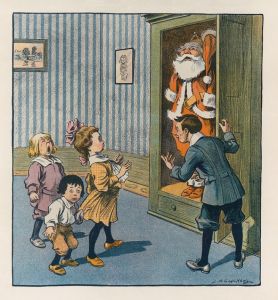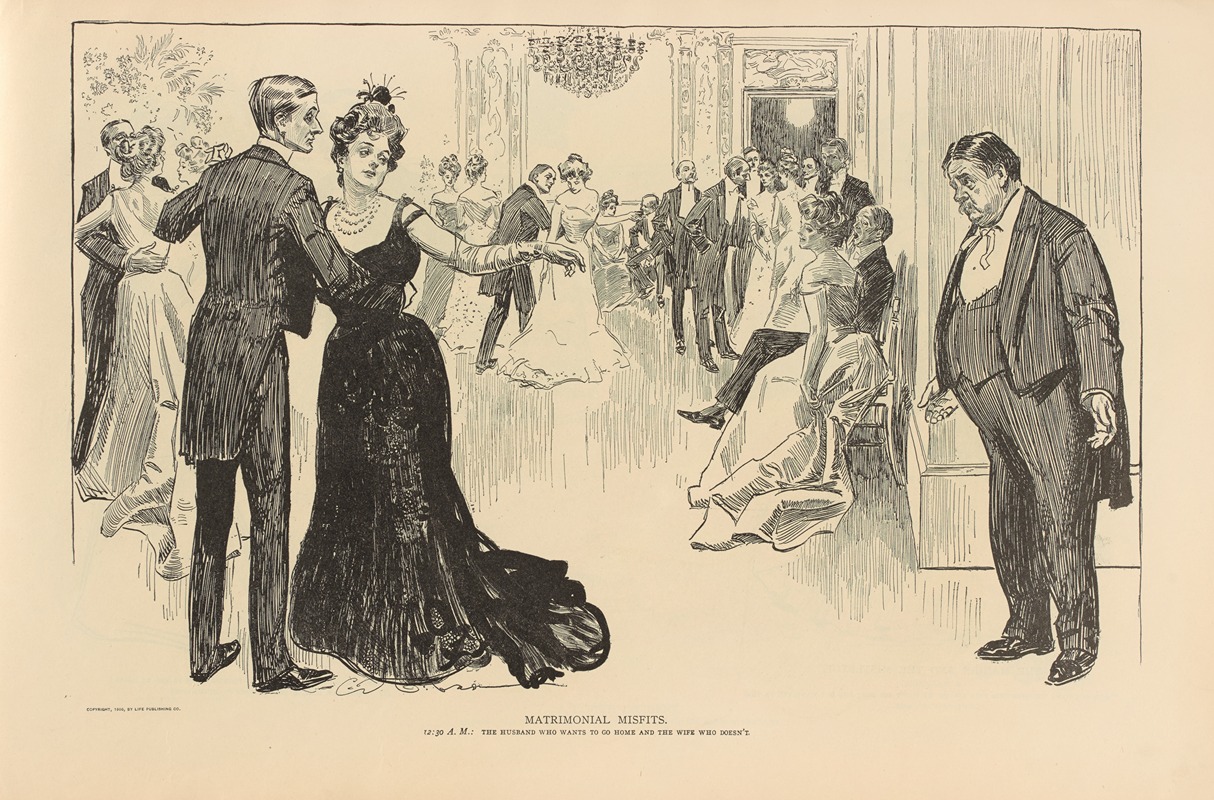
Matrimonial misfits
A hand-painted replica of Charles Dana Gibson’s masterpiece Matrimonial misfits, meticulously crafted by professional artists to capture the true essence of the original. Each piece is created with museum-quality canvas and rare mineral pigments, carefully painted by experienced artists with delicate brushstrokes and rich, layered colors to perfectly recreate the texture of the original artwork. Unlike machine-printed reproductions, this hand-painted version brings the painting to life, infused with the artist’s emotions and skill in every stroke. Whether for personal collection or home decoration, it instantly elevates the artistic atmosphere of any space.
Charles Dana Gibson was an influential American illustrator, best known for creating the iconic "Gibson Girl," a representation of the idealized American woman at the turn of the 20th century. His work captured the social dynamics and cultural shifts of his time, often with a humorous or satirical edge. One of his notable works is "Matrimonial Misfits," which showcases Gibson's keen eye for social commentary and his skillful artistry.
"Matrimonial Misfits" is a black-and-white illustration that reflects Gibson's characteristic style, combining detailed line work with a keen sense of humor. The illustration depicts a scene of social interaction, likely at a formal gathering or party, where couples are engaged in conversation. The title, "Matrimonial Misfits," suggests a humorous take on the mismatches or awkwardness that can occur in romantic or social pairings.
Gibson's work often highlighted the complexities of relationships and societal expectations, and "Matrimonial Misfits" is no exception. The illustration captures the nuances of human interaction, with each character's expression and posture contributing to the overall narrative. The men and women in the scene are dressed in the fashion of the late 19th to early 20th century, reflecting the era's style and social norms.
The "Gibson Girl" aesthetic is evident in the depiction of the women in the illustration. They embody the elegance, confidence, and independence that were hallmarks of Gibson's idealized female figures. The men, on the other hand, are portrayed with a mix of charm and awkwardness, adding to the comedic element of the scene.
Gibson's illustrations were widely published in magazines such as Life, Harper's Weekly, and Scribner's, reaching a broad audience and influencing public perceptions of gender roles and social interactions. His work, including "Matrimonial Misfits," played a significant role in shaping the visual culture of the time and offered a lens through which to view the changing dynamics of American society.
While "Matrimonial Misfits" is not as widely recognized as some of Gibson's other works, it remains an excellent example of his ability to blend art and social commentary. The illustration captures the humor and complexity of human relationships, a theme that resonates with audiences even today.
Gibson's legacy as an illustrator is marked by his ability to capture the spirit of his era with wit and precision. His work continues to be studied and appreciated for its artistic merit and its insights into the social fabric of the early 20th century. "Matrimonial Misfits," like many of Gibson's illustrations, offers a glimpse into the past while remaining relevant to contemporary discussions about relationships and societal expectations.





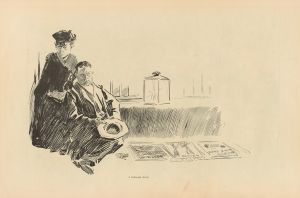
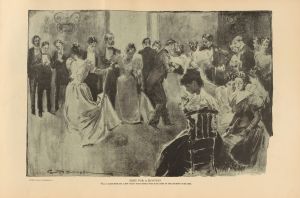


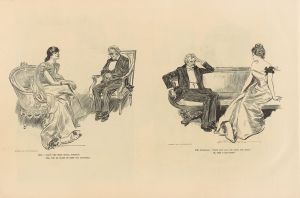
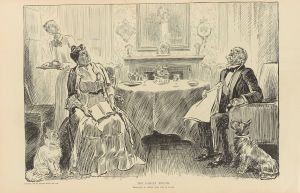
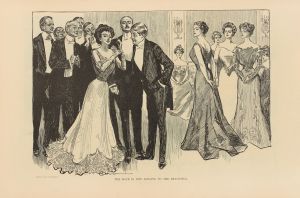
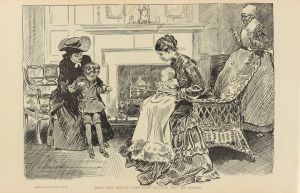
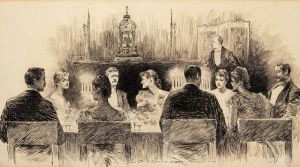
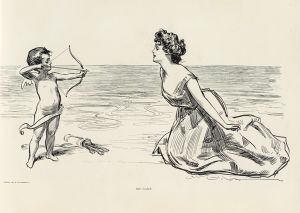
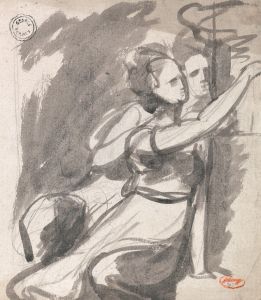
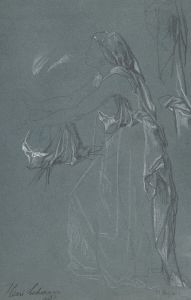
![A Woman and a Horse, Let Someone Else Master Them [The Horse-Abductor]](/imgs/264582/s/francisco-de-goya-a-woman-and-a-horse-let-someone-else-master-them-the-horseabductor-5fe8d731.jpg)
